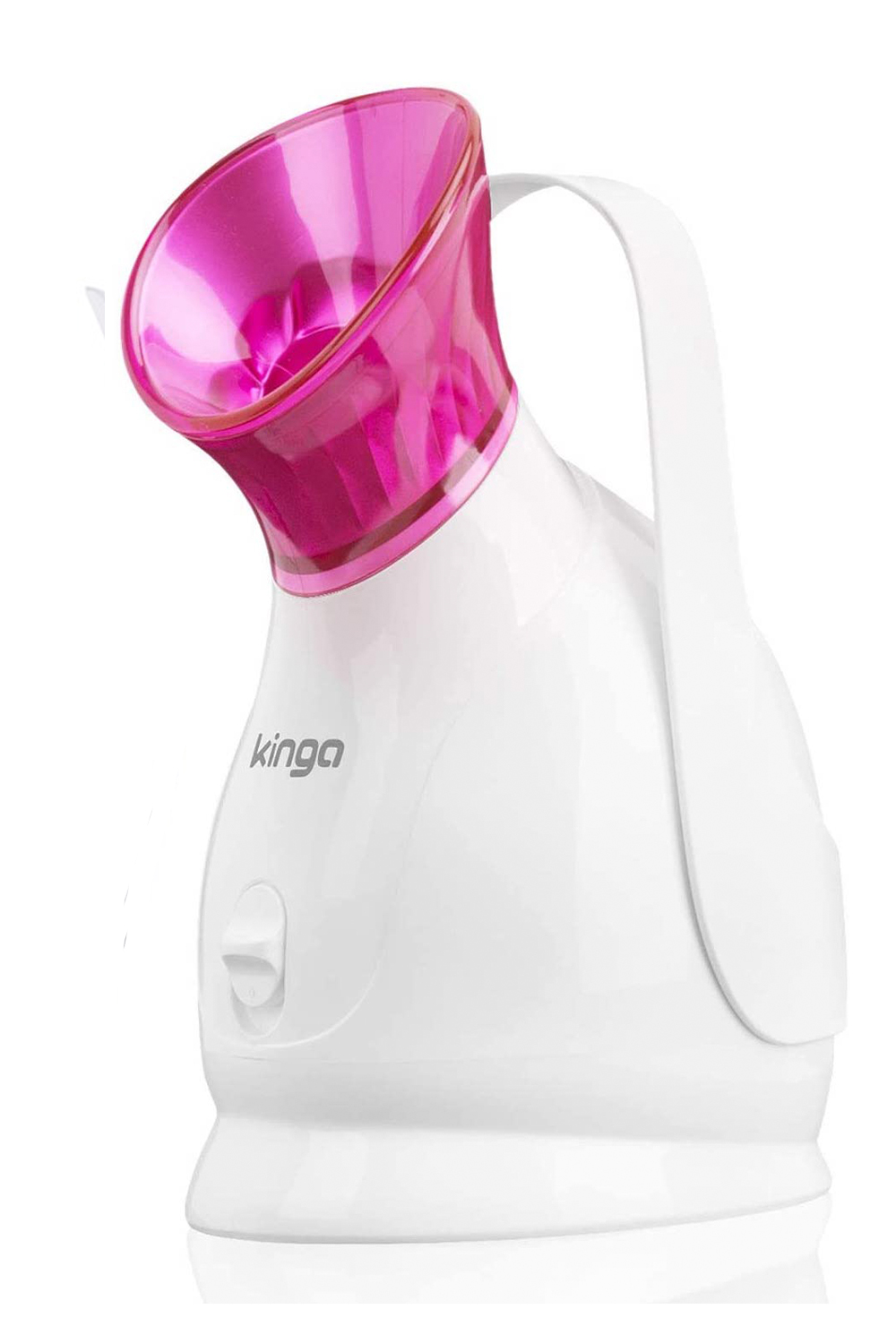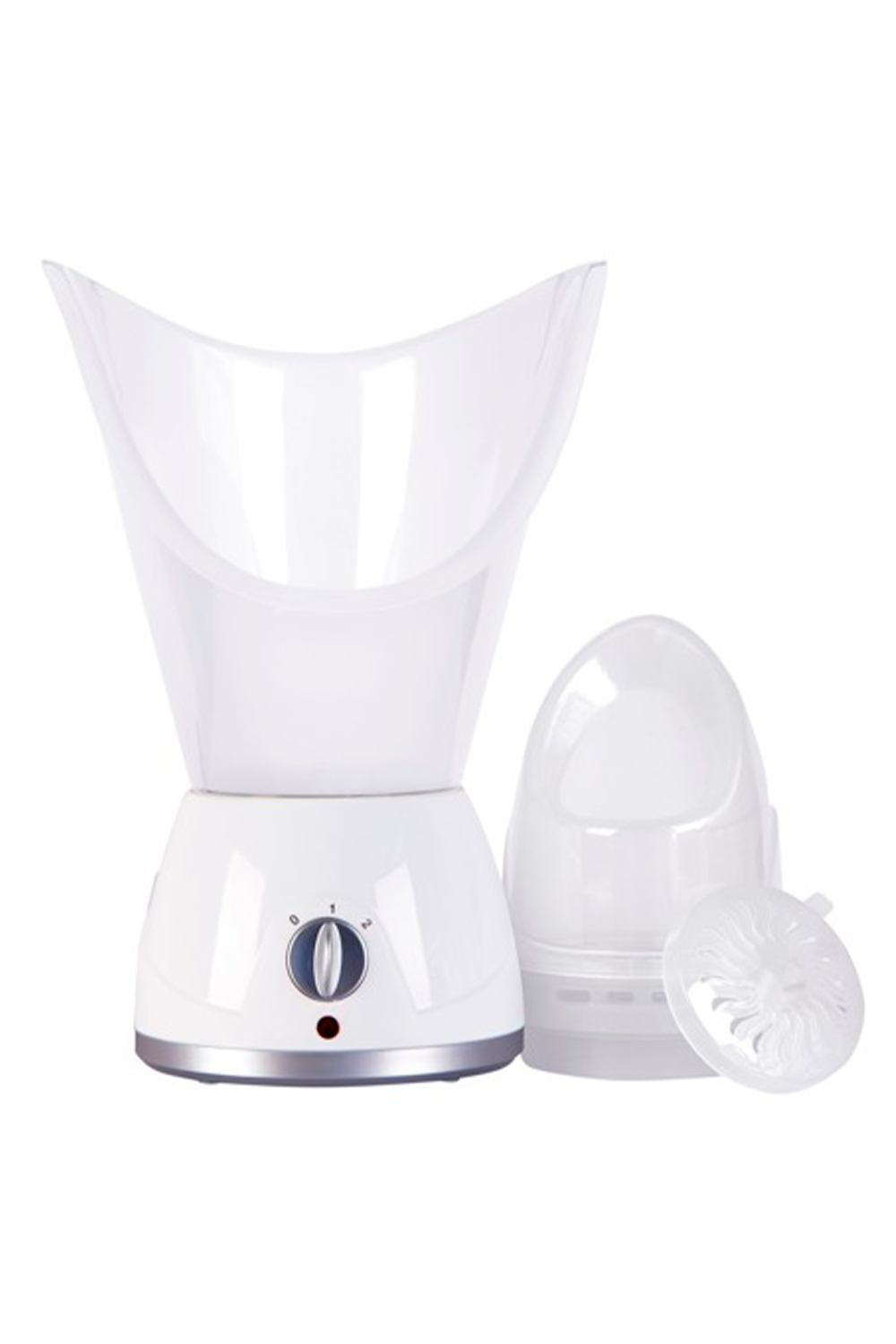Why 50,000 People Are Currently Googling 'Facial Steamers'
Facial steamers unclog pores, hydrate and give you the ultimate salon-style facial at home. Here's everything you need to know about why they are constantly selling out and how to use them...
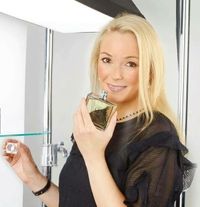
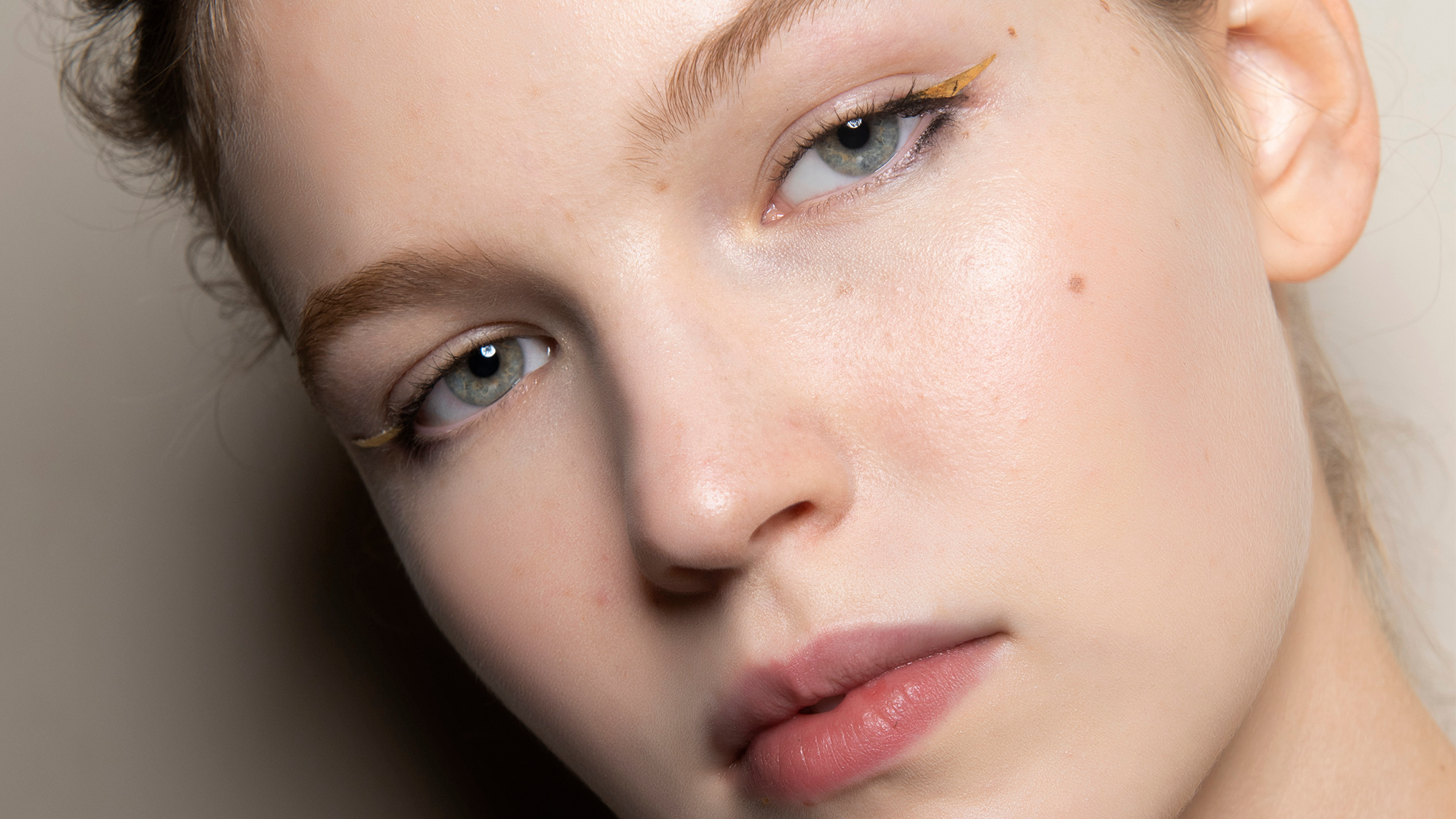
The most satisfying part of any facial is the moment you feel a gust of heated mist coaxing out the gunk from your pores. But with spas and salons (temporarily) out of bounds, we’ve been upping our at-home facial game , which goes some way to explaining the whopping 400 per cent rise in Google searches for facial steamers.
They have become the new beauty must-have, replacing lipstick as the essential pick-me-up for weary skin.
But do you know what facial steamers are really doing? Consider this your ultimate guide.
What Are Facial Steamers?
Facial steamers are devices that heat water to the perfect temperature of 40°C - the sweet spot for removing impurities - and then release a stream of ionised water molecules onto your skin.
Let us explain. The steam is negatively charged so it's drawn deeper into the skin than regular old steam from the bath (skin has a positive charge and as you may recall from chemistry class, positive and negative ions are attracted to each other.)
This isn’t regular tap water that we are taking about, either.
Facial steamers use either filtered or distilled water (yes, the same stuff you pour into an iron). This has less to do with any behind-the-scenes sorcery and more to do with minerals in tap water causing scaling, which can damage the device.
Celebrity news, beauty, fashion advice, and fascinating features, delivered straight to your inbox!
Do Home Facial Steamers Work?
'Absolutely - facial steamers treat a lot of skin concerns,' says celebrity facialist Sarah Chapman, who's a fan.
'But let’s start by busting the biggest myth surrounding steaming. It won't open and close your pores. That's simply not possible. But you will ‘relax’ them, allowing steam to get inside more easily to remove any dirt, sebum or make-up that has built up over time.'
Here's how it works: 'Steam increases your skin's temperature, which in turn warms up and softens the skin cells and any debris within them,' says Chapman.
'With enough heat, the dirt and oils liquify, making it easier to drain away for smoother, clearer skin.'
What Are The Benefits Of Using An At-Home Steamer ?
For one, facial steaming improves circulation to the skin.
'When you increase the rate at which your blood is moving through the body, you boost the supply of nutrients and oxygen to the skin,' explains Chapman. 'This helps to remove toxins but also improves collagen and elastin production, both of which are key for a supple, radiant complexion.'

Two, it also boosts hydration. 'The nano-sized particles of water carry moisture deep into the skin.'
Plus the whole process ramps up the efficacy of any the skincare you apply afterwards. Makes sense; the ingredients are able to penetrate more deeply if there’s nothing nitty gritty in the way.
What’s Wrong With A Bowl Of Boiled Water and Towel?
While it's tempting to simply fill up a bowl with piping hot water and throw a towel over your head, this old-school method isn't going to do your skin any favours.
'The biggest risk is overheating the skin,' says Bolder. 'You’re guessing the temperature of the water, which could be far too hot. You may over-steam because there is no timer. And finally, the hot water won't be consistent enough in temperature so you won't reap the same results as with a professional device.'
A final thing to consider is the hygiene of using water from a kettle that may not have been de-scaled in a while. Just the idea makes us itch, but you could be flooding those open pores with bacteria.
How Often Should You Use A Facial Steamer At Home?
Facialist Michaella Bolder uses steaming as part of her in-clinic treatments. 'If you have sensitive skin or are prone to burst blood vessels, only use a facial steamer once a week. Otherwise, two to three times is the recommended amount and for no longer than 10 minutes each time.'
In terms of skincare order, you should cleanse, steam and cleanse again. For best results, Bolder recommends following a steam with a salicylic acid cleanser to thoroughly purify pores. Then finish with a hydrating serum and moisturiser.
The Best Facial Steamers To Buy
Like the idea of a deep clean? It's full steam ahead with these models...
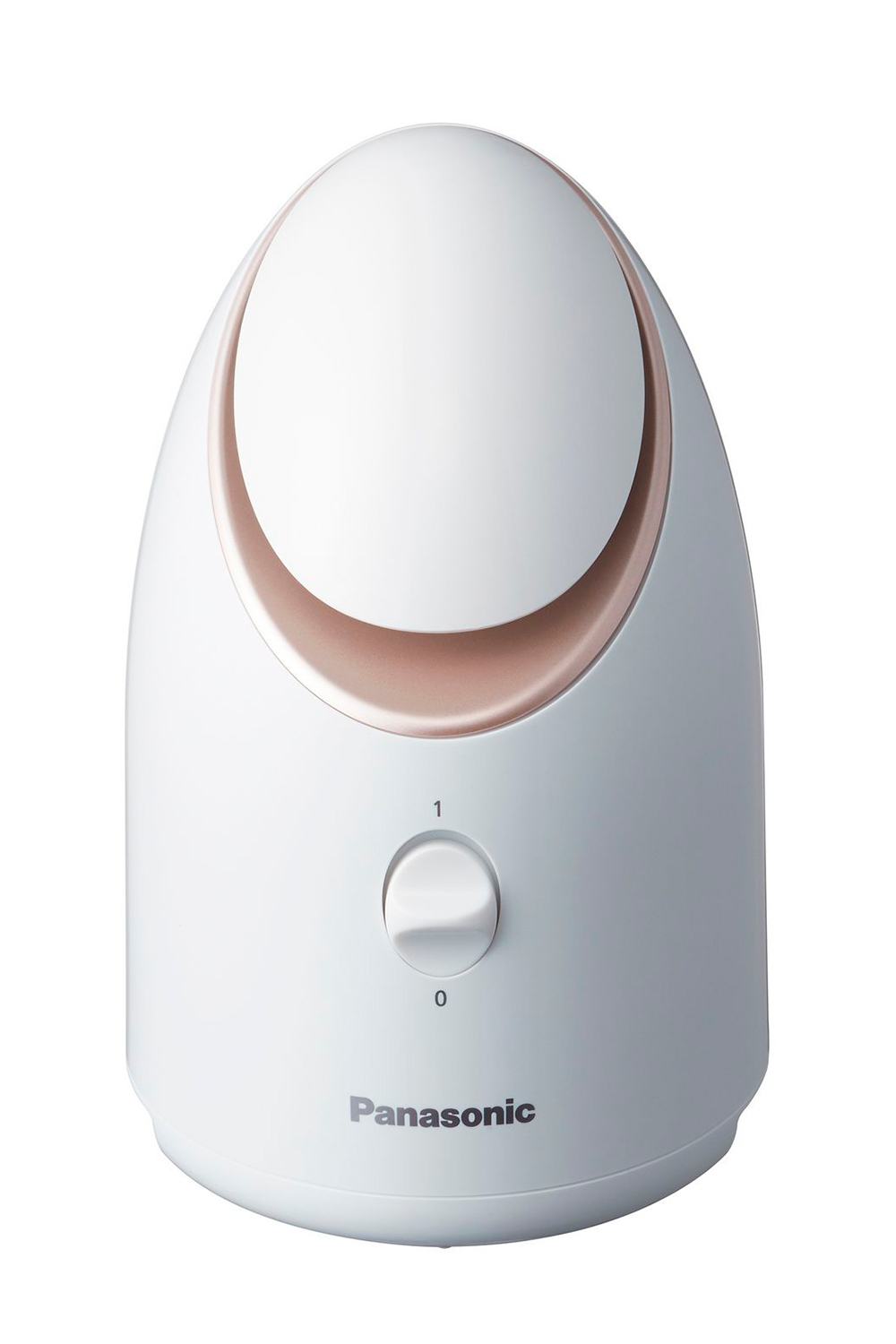
Grace Lindsay - E-Commerce Writer The Panasonic Facial Steamer is the closest thing I have found to a real-life spa experience in the comfort of my own home. Not only does it cleanse and help to unclog your pores, but it hydrates your skin too, leaving your complexion looking plump and radiant. My skincare seems to work better too. Since trying out this product, I can't imagine my daily skincare routine without it.
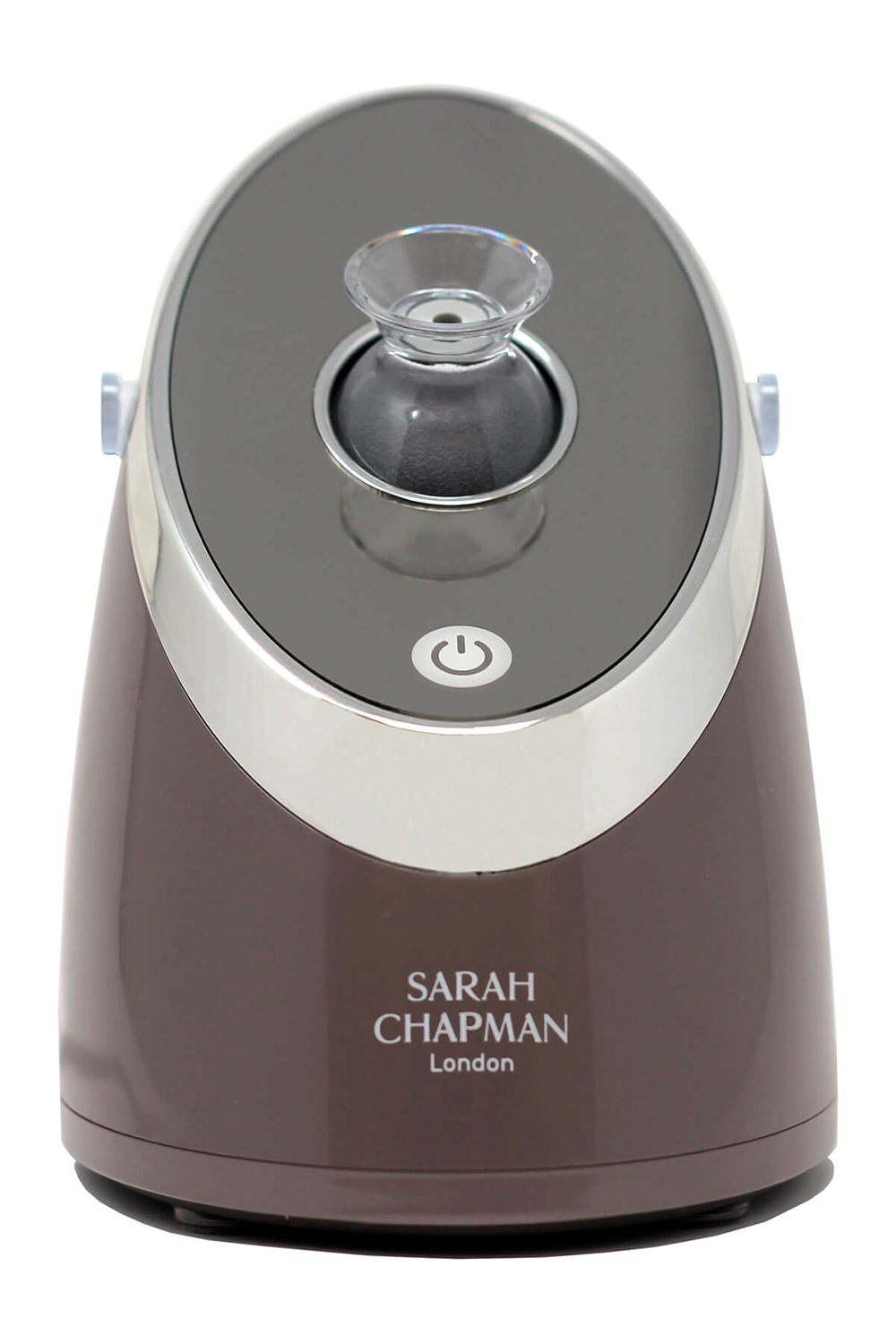
This is the at-home version of the professional facial steamers Chapman uses as part of her Skinesis facials to declog pores and remove dead skin cells. It’s also Victoria Beckham’s go-to. 'For me, this is as good as any steamer that I’ve used when I’ve been for a professional facial,' she said on instagram. High praise indeed, plus it has steaming options ranging from 5-10 minutes so it’s easy to fit into your regime.
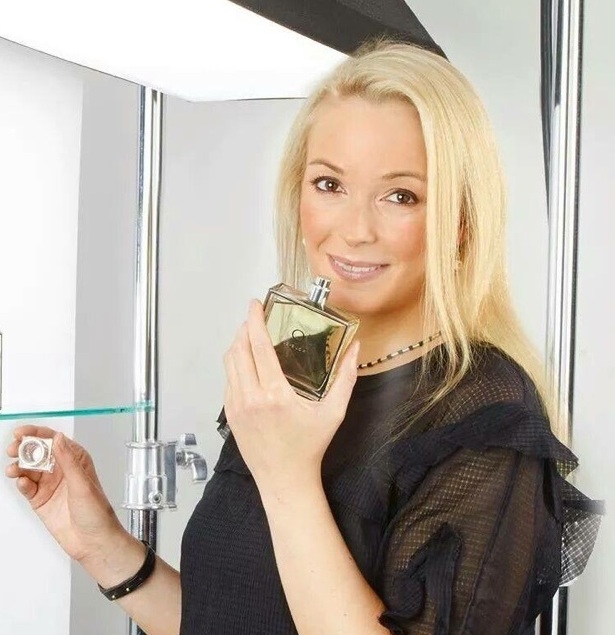
Fiona Embleton has been a beauty editor for over 10 years, writing and editing beauty copy and testing over 10,000 products. She has previously worked for magazines like Marie Claire, Stylist, Cosmopolitan and Women’s Health. Beauty journalism allowed her to marry up her first class degree in English Literature and Language (she’s a stickler for grammar and a self-confessed ingredients geek) with a passion for make-up and skincare, photography and catwalk trends.
